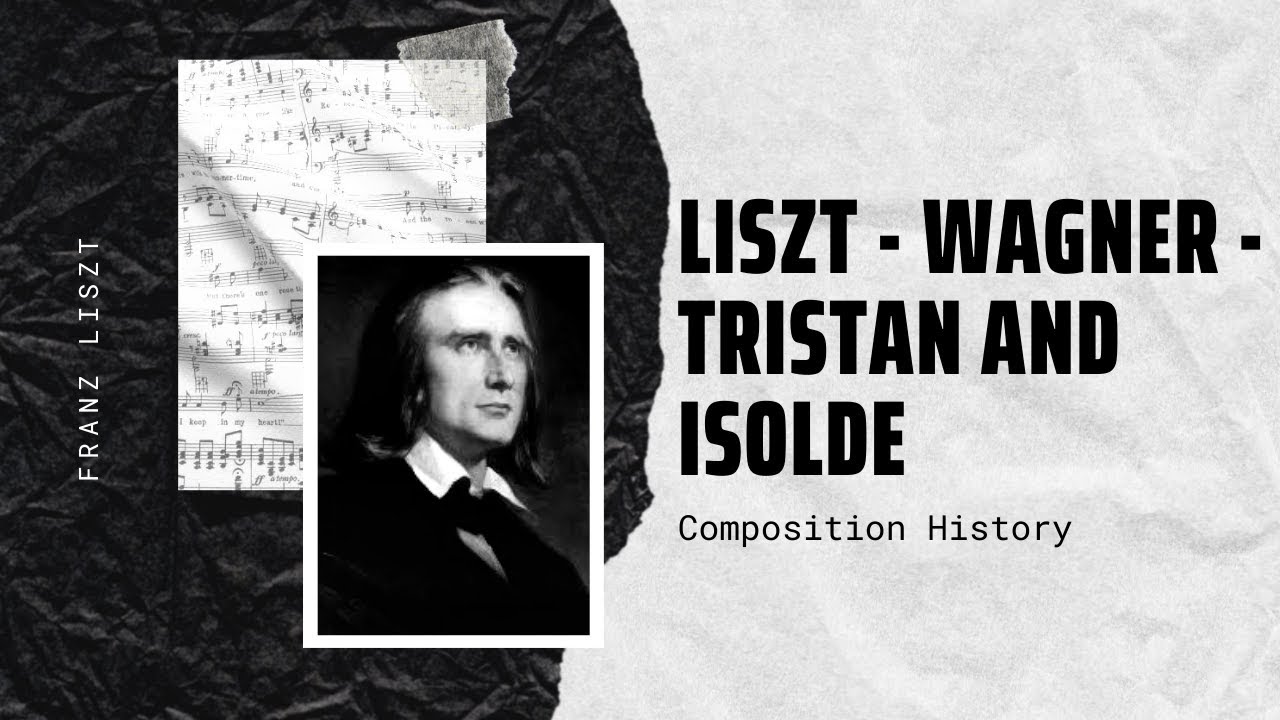Liszt – Wagner – Tristan and Isolde – Liebestod, S 447 – Music | History
Tristan und Isolde (Tristan and Isolde), WWV 90, is an opera in three acts by Richard Wagner to a German libretto by the composer, based largely on the 12th-century romance Tristan by Gottfried von Strassburg. It was composed between 1857 and 1859 and premiered at the Königliches Hof- und Nationaltheater in Munich on 10 June 1865 with Hans von Bülow conducting. Wagner referred to the work not as an opera, but called it “eine Handlung” (literally a drama, a plot or an action), which was the equivalent of the term used by the Spanish playwright Calderón for his dramas.
Wagner’s composition of Tristan und Isolde was inspired by the philosophy of Arthur Schopenhauer (particularly The World as Will and Representation), as well as by Wagner’s affair with Mathilde Wesendonck. Widely acknowledged as one of the peaks of the operatic repertoire, Tristan was notable for Wagner’s unprecedented use of chromaticism, tonal ambiguity, orchestral colour and harmonic suspension.
The opera was enormously influential among Western classical composers and provided direct inspiration to composers such as Gustav Mahler, Richard Strauss, Karol Szymanowski, Alban Berg, Arnold Schoenberg and Benjamin Britten. Other composers like Claude Debussy, Maurice Ravel and Igor Stravinsky formulated their styles in contrast to Wagner’s musical legacy. Many see Tristan as the beginning of the move away from common practice harmony and tonality and consider that it lays the groundwork for the direction of classical music in the 20th century.[1] Both Wagner’s libretto style and music were also profoundly influential on the symbolist poets of the late 19th century and early 20th century.
#MusicHistory
#ClassicalMusic
#Wagner

Comments are closed